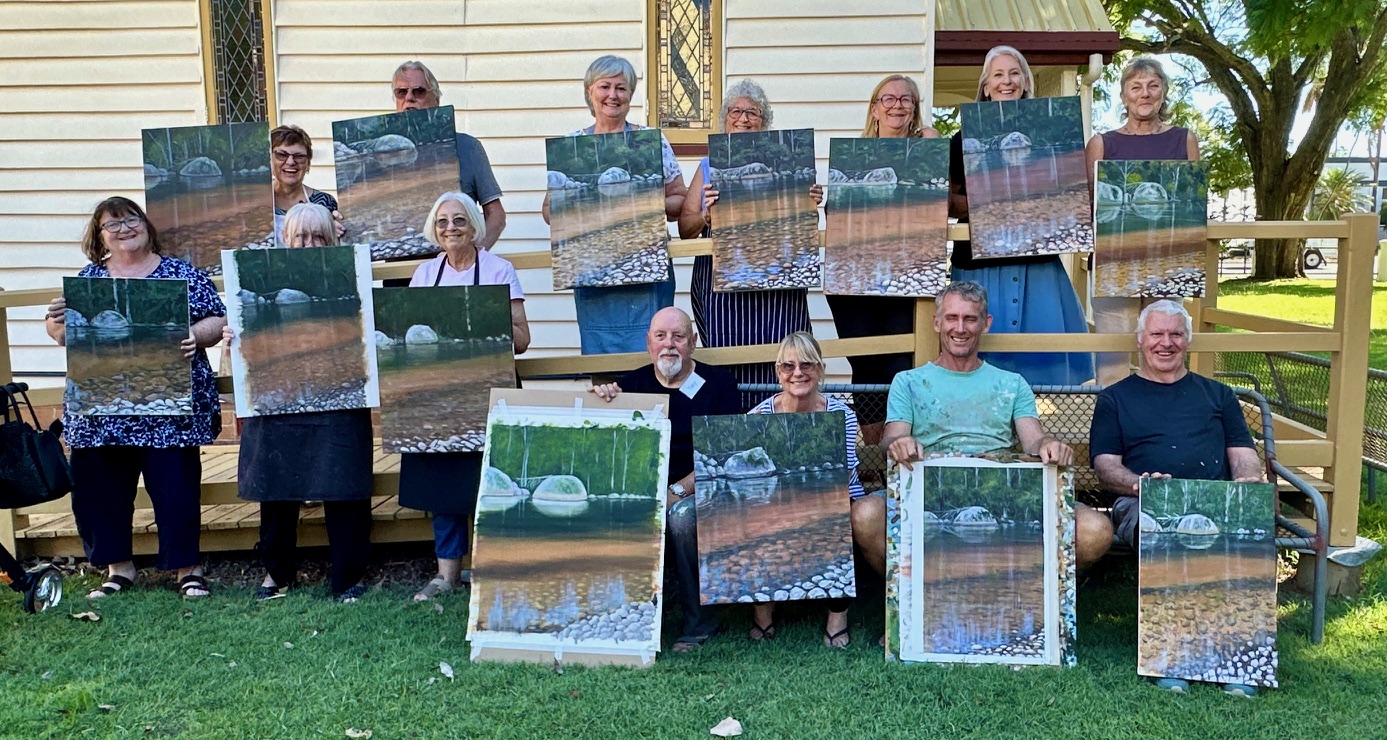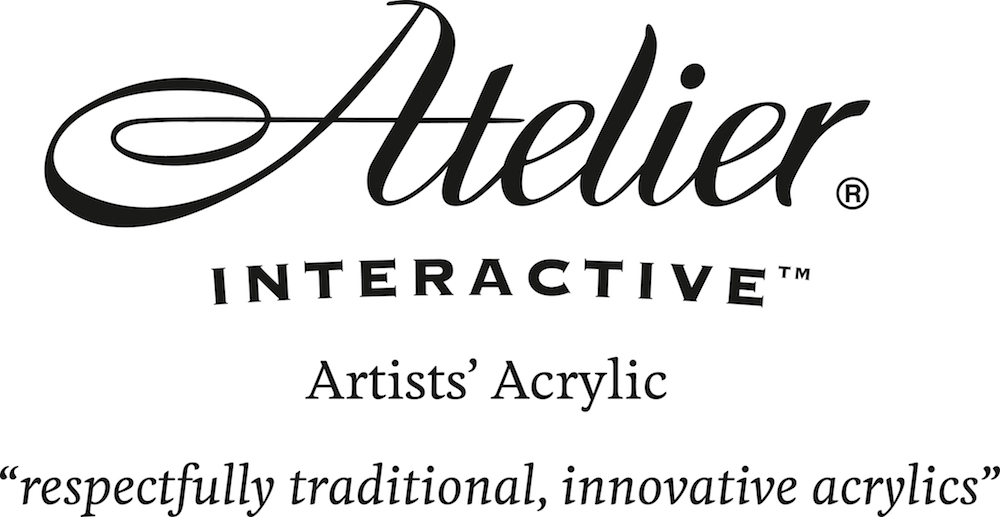- Home
- Working on Commission
Working On Commission. Pros, Cons, Strategy and Stereotypes.
Discover some pitfalls to avoid when working on commission, and some considerations to, well, consider.
For me, working on commission is very enjoyable. However there’s a couple of things you need to consider if you want the process to stay enjoyable. Working on commission can actually be a real trap if you don’t think about a few things first.
My process is this - we agree on a size, an image, and a price up front. We agree to a deposit of 30% payable in advance, which allows me to pay for materials and the initial time spent negotiating the process.
The advent of modern technology means that your customer is only a phone, text or email message away. If you have any concerns or anything that needs to be addressed, you can communicate with your customer, and any possible problems can be rectified BEFORE you invest a lot of time in a painting.
Once we’ve all agreed, and everyone’s happy, engaged and involved, my agreement is usually thus: if they are not happy with the painting at the end of the process, I will do them another painting until they are happy. I’m very comfortable saying this, because in working on commission for over 25 years, it has literally happened once that I can remember (disclaimer: I have had brain surgery so it could well be more often than this ;)
The problem is usually solved very easily. The reason that I can have this approach is because I’m a reasonably well established artist, and there is demand for the work. If this wasn’t the case, and I wasn’t confident that I could re-sell the original painting, this strategy obviously wouldn’t work too well :)
Here’s some points to consider when working on commission, to avoid some of the traps:
- Intuition - trust your gut. If the people are difficult before the process starts, there’s a fair chance they’re going to be difficult during it. Unless you are VERY hungry, it might be best to pass. If you take this on, strap yourself in.
- Be Confident - if you’re not 100% sure that you can pull off the painting they want, either a) bite off more than you can chew and chew like crazy or b) factor extra time into your process, and write it off as “professional development”. You’ll learn a lot (some of it may be learning how people react when they’re angry).
- Use Good Quality Materials - only use archival paints and canvases when selling your work and working on commission, and let your customer know this. They may not be aware that it’s a concern, but it certainly gives them a more professional experience, and they can be reassured that their painting will last a lifetime (barring any knife fights - see unicorn stereotype below).
- Maintain Regular Contact - sometimes the process can take a while. Ensure you keep your customer in the loop and updated. They will be much more patient and understanding, as for them this is usually a big emotional as well as financial investment. As artists we can be very good at painting, and sometimes not so good at real world stuff. (Or is that just me??).
- Manage Expectations - at the beginning of the negotiation process is when you can set out for them a reasonable timeframe and how the process will work. If it looks like during the process this timeframe is going to blow out, communicate with them and let them know before then. Most people tend to be accommodating if they are communicated with before the time.
Also keep in mind that when someone approaches you about working on commission, they are wanting to contribute to your life - feeding you, clothing you, and more importantly, keeping you in art supplies!
Now, just for a bit of fun, we’ve put together some commission seeker stereotypes to look out for and/or embrace:
- The “take your time” customer - This customer encourages you to take your time with the painting and “do a good job”, thinking it will take only a few hours. Then calls in every day to see how it’s going.
- The “detail oriented” customer - This customer knows exactly what they want in their painting. They also know exactly what colours you should be using, and will proceed to inform you the elements, composition and brushstrokes that need fixing in the painting. Usually this willingness to impart their knowledge comes when the painting is complete.
- The “undecided” customer - Spends a good couple of weeks tossing up between a landscape and a beachscape, then goes with a portrait of a bear.
- The “DIY” customer - Has a halfhearted conversation about seeking a commission before deciding they could follow a Youtube tutorial and do it themselves.
- The “emotional” customer - Will spend hours talking to you about the painting they would commission if only they could afford it. Also known as “the tyre kicker”.
- The “unicorns” - Actually rarer than real unicorns. These customers have just built a new, very large house with lots of large white walls, and want to buy your entire catalogue. They also pay with giant stacks of $100 notes. Occasionally the money smells like hurt. But we love them just the same.
For more tips, special offers and serious "Dad" humour, you can subscribe to our monthly e-zine, Acrylics Anonymous.
It’s fast, free, and we don’t send you junk. As a valued subscriber, you can purchase our 3 pack of downloadable how to paint with Mark Waller DVDs for only $80, or our downloadable V-log “Coral Reef - Underneath” for only $12.
See your subscription confirmation email for more details.























New! Comments
Have your say about what you just read! Leave me a comment in the box below.